The list of shortfalls include fighter aircraft struggling to operate at night, pilot attrition within the Luftwaffe and just four out of 128 Eurofighter Typhoons ready to fly combat missions.
Lt. Gen. Ingo Gerhartz, Germany’s new air force chief, noted on June 27 in a speech quoted by Reuters: “The Luftwaffe is at a low point. Aircraft are grounded due to a lack of spare parts, or they aren’t even on site since they’re off for maintenance by the industry.”
In 2015 already, the military issued a report critical about the state of its Tornado jets.
Gerhartz however implied that bureaucratic ineffectiveness may be to blame: a 400-hour inspection of Germany’s Eurofighters was supposed to be completed within seven months, but ended up taking 14 months to finish.
Deutsche Welle reported that “less than half of its arsenal of Tornados was actually ready for deployment surfaced. Out of 93 commissioned fighter jets, only 66 were operational in general terms and only 29 were combat-ready at the current time.”
An inspector general had warned a year before that 58 percent of the Tornados were ready for combat, while the Luftwaffe’s goal is to have around 70 percent combat ready. Earlier this year, Germany revealed that only 26 Tornados were combat ready. The planes are used as the delivery system for US tactical nuclear weapons.
Germany’s Eurofighters are in even worse shape with only four ready for combat, the German magazine Der Spiegel reported in May 2018. Out of 128 Eurofighters, only 10 suffered no defense system defects. “The problem stems from a cooling liquid leak in the aircraft’s wing pod sensors, which are used to recognize hostile jets or incoming attacks. Without the defense system the Eurofighter jets are not combat ready,” DW pointed out.
Berlin maintains however that any of the planes that can fly, are also ready for battle, stating that 39 fighters could take to the air in combat. In addition to the defense system problems, the Der Spiegel reported that Germany only has enough missiles for four of the aircraft.
Compounding the Luftwaffe’s technical problems, is the high staff turnover among its top leadership. Gerhartz has been serving in his position for just over a month now. His predecessor, Lt. Gen. Karl Muellner, was fired because he allegedly favoured the F-35 Joint Strike Fighter to replace the Tornado fleet.
“The Luftwaffe considers the F-35’s capability as the benchmark for the selection process for the Tornado replacement, and I think I have expressed myself clearly enough as to what the favorite of the air force is,” Muellner told the media last year. The German defense ministry supports the Eurofighter as the Tornados’ replacement, according to The National Interest.
The Eurofighter Typhoon, a twin-engine, canard-delta wing, multirole fighter, was designed originally as an air superiority fighter manufactured by a consortium of Airbus, BAE Systems and Leonardo that conducts the majority of the project through a joint holding company, Eurofighter Jagdflugzeug GmbH formed in 1986.
NATO Eurofighter and Tornado Management Agency has managed the project.
Not only the German Air Force is facing problems. “Less than half of the 224 Leopard 2 tanks are ready to roll and a mere five of the Navy’s 13 frigates are seaworthy,” according to the German Defense Ministry’s “Report on the Operational Readiness of the Bundeswehr’s Primary Weapon Systems 2017.”
The federal budget draft suggests a multibillion increase in defense spending for 2019 as Germany’s military allies complain about broken promises on target budgets.
The German business newspaper Handelsblatt reported that the defense budget will increase, but it is still far from meeting Germany’s target of 1.5 percent of GDP for military spending by 2024. German Press Agency (DPA) confirmed that $4.7 billion more will be disbursed than in 2018, and exceed previously proposed increases for 2019 by $785 million.
According to the German daily Frankfurter Allgemeine Zeitung, the latest tax estimate predicts much higher government revenues than expected, and thus more money has been promised for the military.
US President Donald Trump, as well as some other NATO members have been pressuring Germany to spend the required 2 percent of GDP that NATO members agreed to in 2014.
According to The New York Times Trump has sent the leaders of several NATO members – including Belgium, Canada, Germany and Norway – letters in which he expressed Washington’s displeasure over the countries’ non-compliance.
“As we discussed during your visit in April, there is growing frustration in the United States that some allies have not stepped up as promised… Continued German underspending on defense undermines the security of the alliance and provides validation for other allies that also do not plan to meet their military spending commitments, because others see you as a role model,” Trump wrote in his letter to German Chancellor Angela Merkel, in particular.
Germany’s current defense spending amount to only 1.2 percent of GDP and Finance Minister Olaf Scholz has suggested that the percentage may even decrease after 2019.


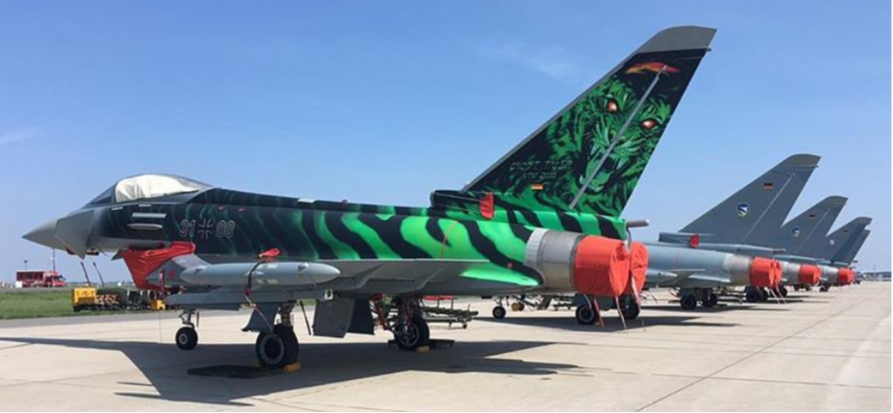
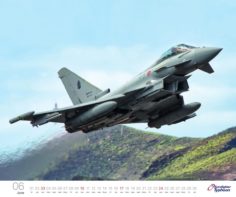

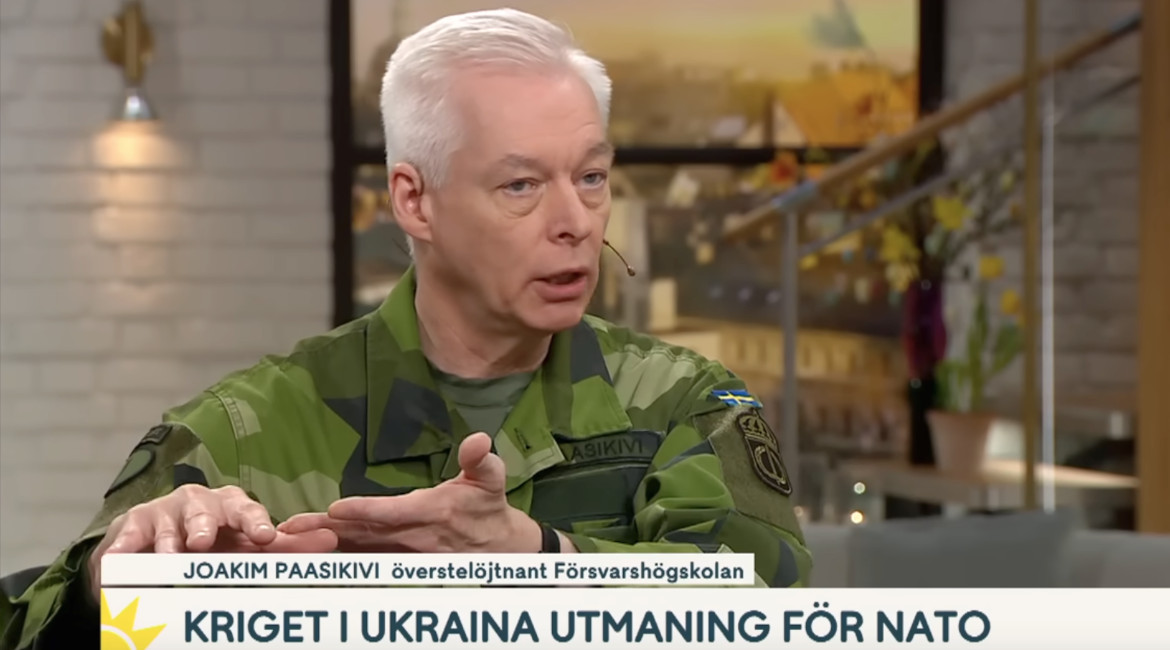

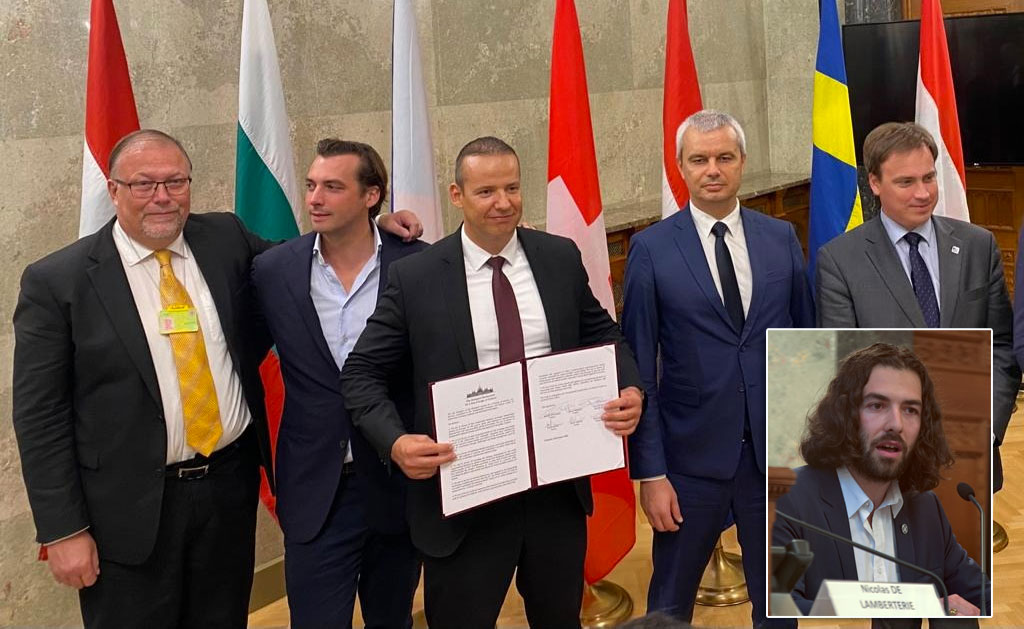

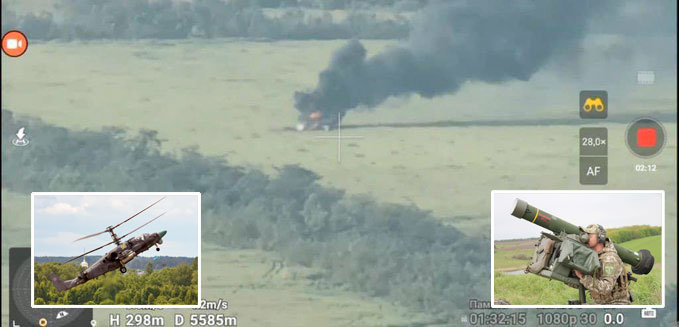

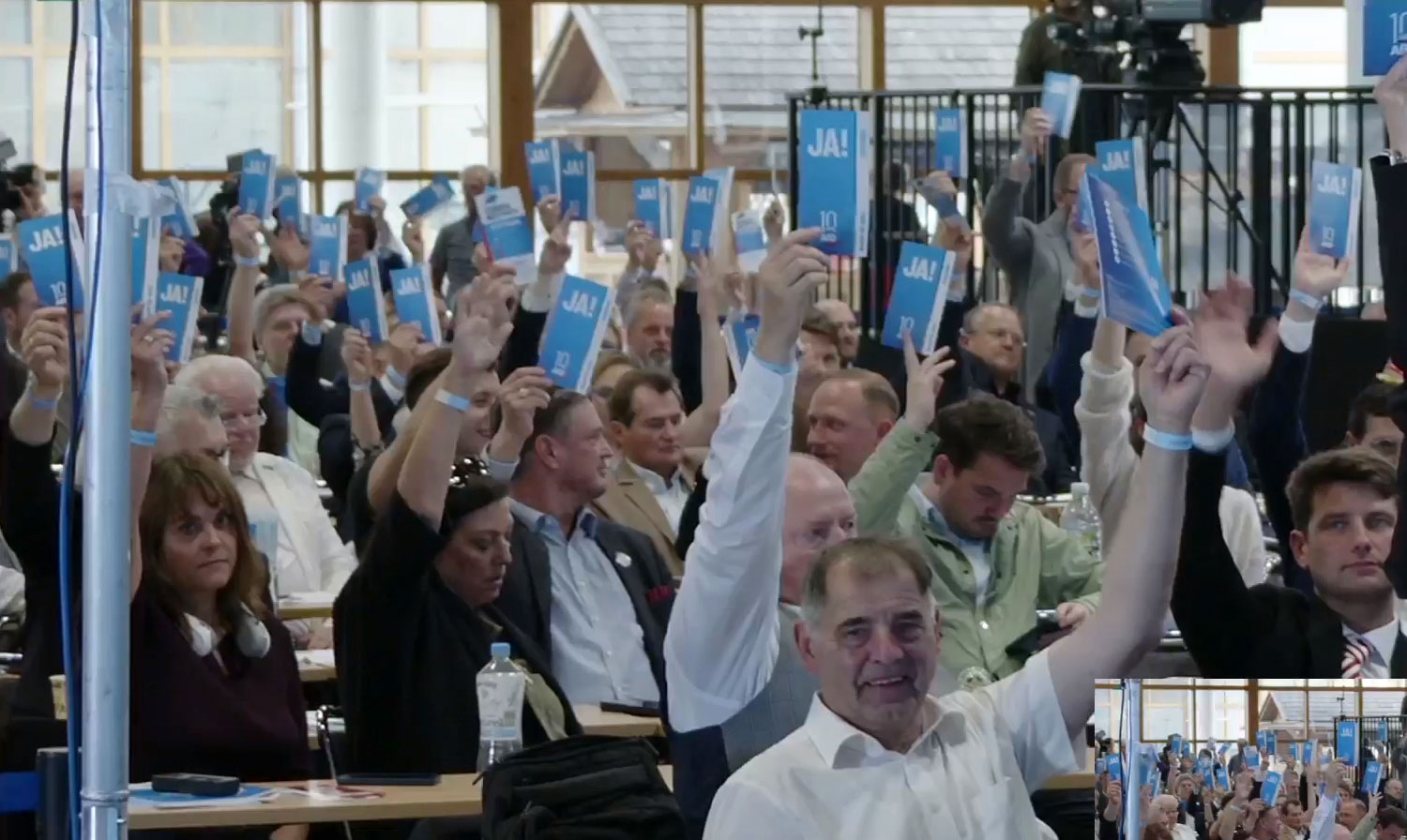
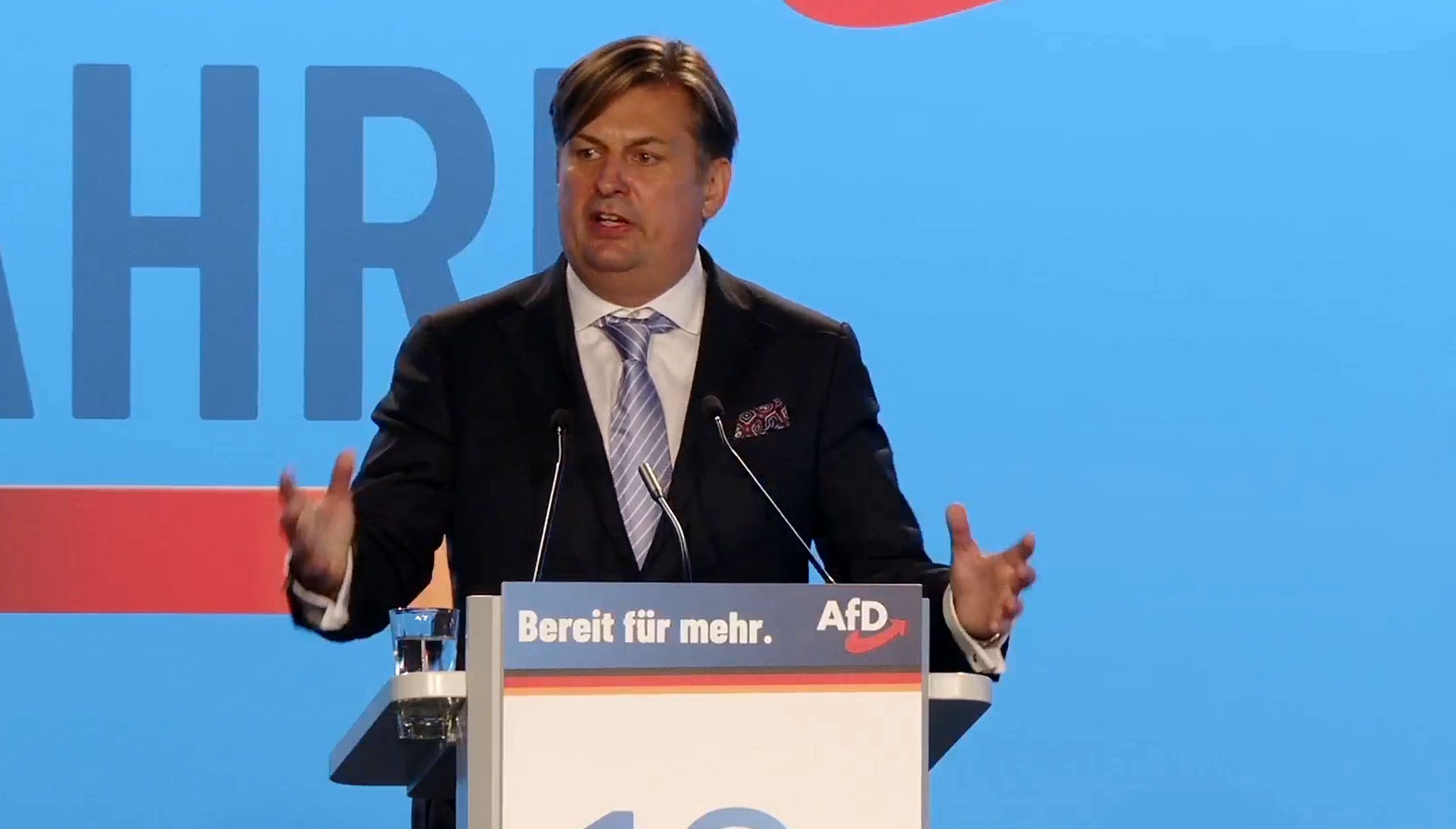

No comments.
By submitting a comment you grant Free West Media a perpetual license to reproduce your words and name/web site in attribution. Inappropriate and irrelevant comments will be removed at an admin’s discretion. Your email is used for verification purposes only, it will never be shared.